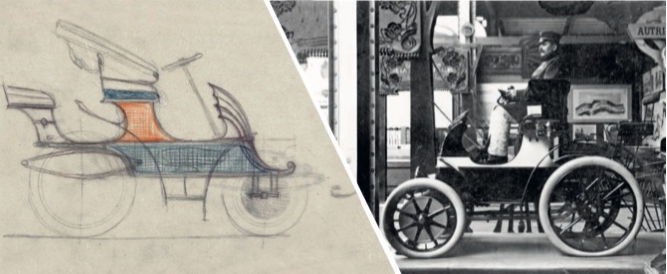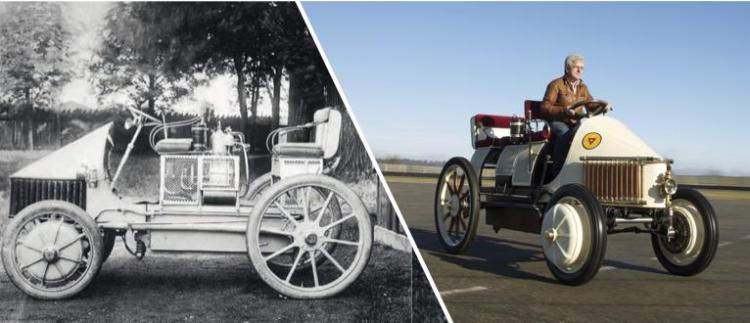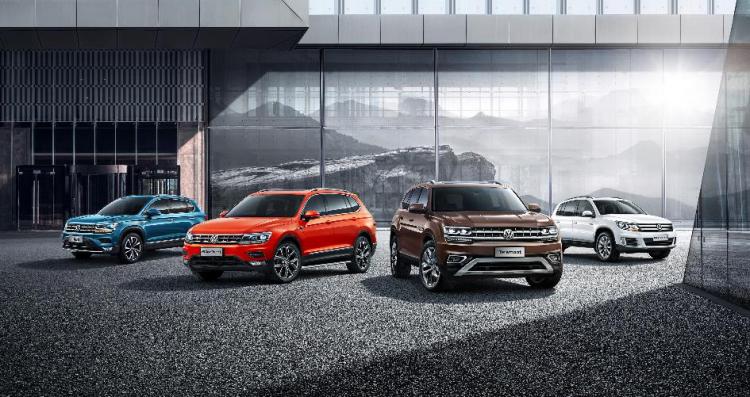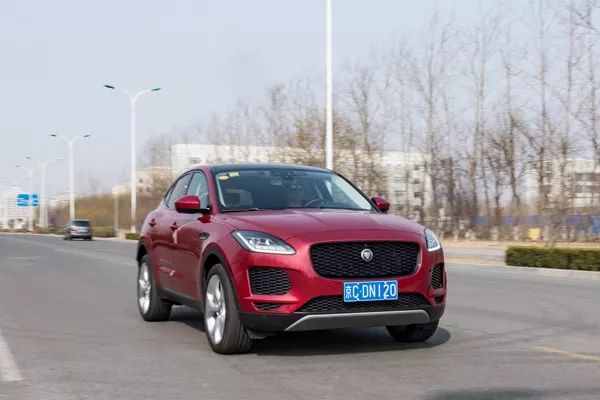On September 4, 2019, Porsche’s first pure electric sports car, the Taycan, will be unveiled, ushering in a new era of sports car fun. Looking back at the development history of Porsche is also a history of the evolution of vehicle electrification technology. From the stunning Lohner Porsche in 1900 to the highly anticipated Taycan in 2019, the electric gene has never been absent in the glorious history of this luxury sports car manufacturer across the world.
In the first series, let us travel to the starting point of Porsche’s electrification road to witness the “electricity” revolution a hundred years ago again.
Driving change with in-wheel motors
The first car without a transmission: the Lohner-Porsche “Electromobile”
Year: 1900
Drive system: front wheel hub motor
Technical highlights:
– The electric motor is housed in the hub of the front wheels with both drive and steering functions, replacing the conventional transmission, the Lohner-Porsche system.
– The two hub motors can generate 2.5 PS of power at 120 rpm, with an efficiency of 83%, and can even overload and output a total power of 7 PS in a full 15 minutes.
– Using a 44-cell battery pack as a power source, the 80 V voltage provides 170 to 300 A/h of electric energy, enabling the vehicle to achieve a cruising range of about 50 km.

The in-wheel motor concept developed by Mr. Ferdinand Porsche is still alive today and can be seen in today’s trams, construction machinery, trolleybuses, electric scooters and electric bicycles.
Hybrid era is coming
The world’s first full hybrid car: Lohner-Porsche “Semper Vivus”
Year: 1901
Drive system: two water-cooled gasoline engines (3.5 PS each) and two generators (2.5 PS each)
Technical highlights:
– Equipped with the first series hybrid system, that is, the internal combustion engine drives an engine to supply power to two hub motors and the battery.
– The alternator can be run in reverse to act as a starter motor for a gasoline engine.
– Vehicles can travel longer distances in purely electric mode before the internal combustion engine intervenes to generate electricity.

Since then, Mr. Ferdinand Porsche has further optimized the “Semper Vivus” system into a modified “Mixte” that can be put into mass production, and based on this, he has developed a variety of models and different power combinations.
From the revolutionary in-wheel motor to the world’s first hybrid car, Porsche continues to lead the way in automotive electrical history. In the next series, we will enter the era of fully upgraded parallel hybrid and give an in-depth interpretation of several monuments of Porsche.




